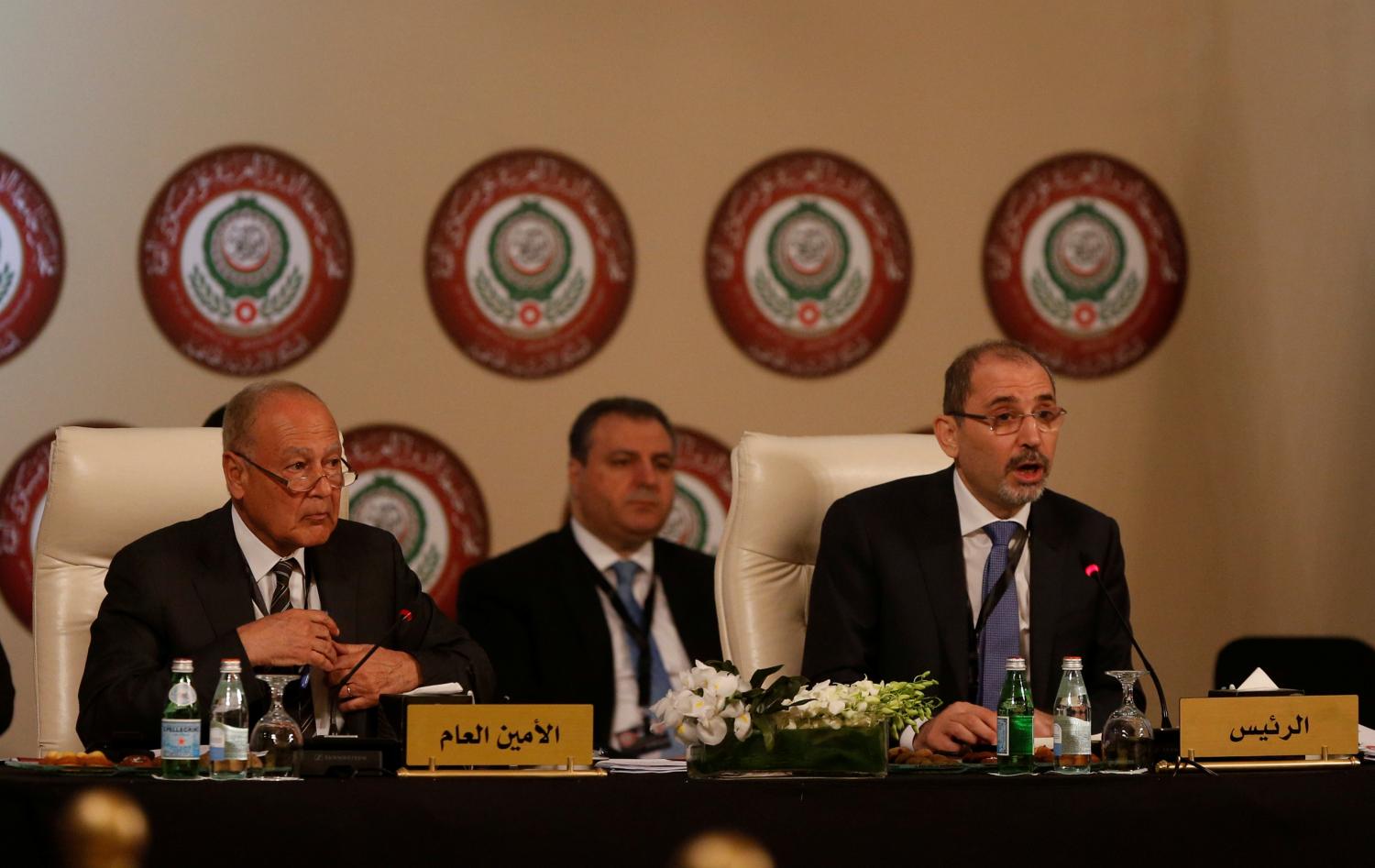INTRODUCTION
Influencing the Islamic Republic of Iran has proven to be a perennial conundrum for American presidents. The complexity of Iranian politics and the intractability of the problems posed by Tehran’s revolutionary theocracy may explain why, over the course of three decades, each U.S. administration has been forced to revise its initial approach to Iran in hopes of achieving better outcomes. The overall result has been an American tendency to oscillate between engagement and pressure, with frustratingly limited results.
And so it goes for the Obama administration. After an initial, high-profile effort to draw Tehran into a serious dialogue both to resolve the nuclear issue as well as transcend it, Washington now finds itself pivoting away from diplomatic engagement to a more coercive policy centered around economic pressure. The shift comes amidst a dramatic new context within the Islamic Republic, characterized by historic turmoil on the streets and bitter divisions among the elites, and at a moment when the international urgency surrounding Tehran’s nuclear ambitions has never been greater. This context raises the stakes and heightens the sensitivities of getting U.S. policy on Iran right after so many years of failure.
The turn toward sanctions is a predictable one. Sanctions have proven to be an instrument of American policy toward Tehran for the past thirty years. American use of economic pressure as a means of dissuading Iranian malfeasance began with the freezing of Iranian assets after Iranian students seized the U.S. Embassy in Tehran in 1979 and culminated in the nearly comprehensive ban on trade and investment in Iran that has been in place since the Clinton administration. But, despite the appeal of sanctions, their protracted duration underlines their limitations—particularly when they are unilateral—as a mechanism for categorically revising Iranian policy. Still, many find sanctions attractive because the overall track record of Iranian decision-making demonstrates that Tehran often considers the costs and benefits of its policy options in determining its course. As Iran’s internal strife exacerbates the regime’s vulnerabilities, the prospects for international consensus around new economic restrictions appear more realistic than ever before.
To examine the options and implications for using sanctions to address the multi-faceted challenges of Iran, the Saban Center for Middle East Policy at the Brookings Institution held a half-day symposium in late October 2009. The workshop featured off-the-record panel discussions led by experts on Iranian internal politics and the key actors shaping the diplomatic landscape. The conclusions from that session are presented below.
The Brookings Institution is committed to quality, independence, and impact.
We are supported by a diverse array of funders. In line with our values and policies, each Brookings publication represents the sole views of its author(s).




